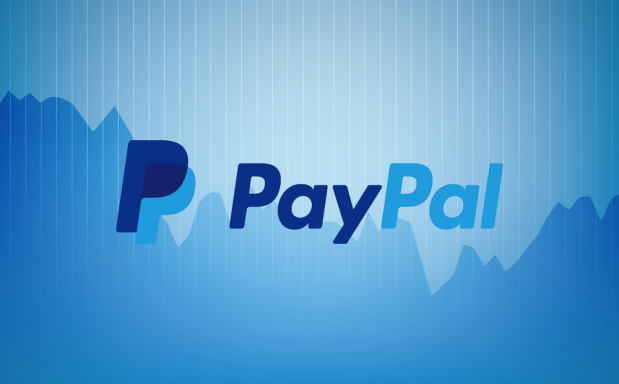Payments Play A Starring Role In The Entertainment Economy

We like our movies and our music the way we like our mail — digitally and when we want to look at it. In the most recent survey from PayPal on digital delivery in the entertainment space, the smartphone reigns supreme, as Melissa O’Malley, director of global initiatives at PayPal, told Karen Webster — even when watching movies. Which means that payment plays a starring role.
If content is king in entertainment, is content delivery the coin of the realm?
This week, PayPal debuted what it termed the “second wave” of its Digital Goods Economy Survey in tandem with the research efforts of SuperData — and it sure seems that way.
Stretching across 10 markets globally in Europe, Asia and the United States and touching 10,0000 consumers, the key takeaways showed that, when it comes to digital gaming, eBooks and other media, the physical is passé in the face of digital options. In the United States, for example, only 12 percent of those surveyed said they would prefer to own tangible copies of their music.
In an interview with Karen Webster, Melissa O’Malley, director of global initiatives at PayPal, stated that it may not come as a surprise, but “mobile is really driving transactions” across a variety of end products. For consumers, she said, mobile represents a preferred way not only to consume digital media but also to purchase that media and is one of the most convenient ways to do so.
Findings from the U.S. research showed that, with the ability to watch or download an entire TV series, consumers “immediately become interested in it,” said O’Malley. There’s the potential for immediate consumption that is alluring, she added, stating that the research also offered insights on where and how people consume media.
Across mobile, TV and movie perspectives, smartphones are the hardware of choice worldwide. And though home viewing of movies and media conjure up images of home theaters and flat screen TVs, the findings show that most media streaming across mobile devices, in fact, takes place in the living room, said O’Malley.
As for types of content? Drama and comedy led the way, with more than 70 percent of respondents each choosing these genres. And in response to Webster’s question about payments driving behavior to get this content — which is, of course, more easily available — O’Malley said that “ease of use and processing payments quickly” were important across verticals, as was the desire for a quick and simple checkout process.
“Consumers will not only pay for a streaming service,” said O’Malley, but they “will also pay for additional downloads. It’s not one or the other.”
Breaking down demographics a bit, millennial cord-cutters have shown that they are loyal to specific networks and, in the example of music streaming, kept the service for a year or more and were “happy to find out they do not need to own the content,” opting instead to “access it,” she said.
Where there’s streaming media and digital content, there’s piracy. However, as O’Malley noted, 90 percent of respondents said they had not pirated or illegally obtained movies or series across several months, but 72 percent of those polled in the U.S. said they pirate when there is “hype” around a movie ahead of its video release.
What are implications from the study for monetization? Making content available for mobile consumption is paramount, said O’Malley. And along with mobilization comes the opportunity for revenue streams realized via ad placements. Monetization can even be realized through streamlining the payments process, with ease of data input and maintenance (for example, just entering an email address for downloading and payments) as ways to boost revenues, too — checkouts are completed with greater frequency. But in the end, access and immediate gratification trump security when it comes to transacting over mobile devices.
